Say we have two numbers (not necessarily integers) x1 and x2. Say, the user inputs a number y. What I want to find, is a number y' close to y so that x1 % y' and x2 % y' are very small (smaller than 0.02, for example, but lets call this number LIMIT). In other words, I don't need an optimal algorithm, but a good approximation.
I thank you all for your time and effort, that's really kind!
Let me explain what the problem is in my application : say, a screen size is given, with a width of screenWidth and a height of screenHeight (in pixels). I fill the screen with squares of a length y'. Say, the user wants the square size to be y. If y is not a divisor of screenWidth and/or screenHeight, there will be non-used space at the sides of the screen, not big enough to fit squares. If that non-used space is small (e.g. one row of pixels), it's not that bad, but if it's not, it won't look good. How can I find common divisors of screenWidth and screenHeight?

